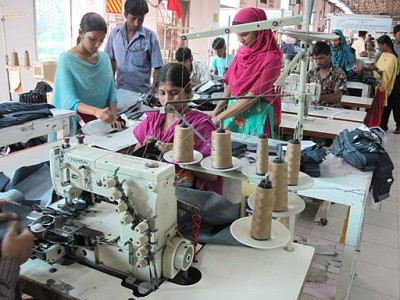The Ready-Made Garment Industry in Bangladesh

Free
The ready-made garment industry accounts for 80% of Bangladesh’s exports nowadays and is the largest source of foreign exchange earnings for the country. However, this is not the first time that Bengal has depended on textiles for state revenues. During the Mughal period, Bengal was the richest region of India because of its textile (and ship building) industries. Dhaka, with a larger population than London or any other European city, at one million inhabitants, had 80,000 skilled textile workers. 50% of all textiles and 80% of silk imported by the Dutch came from Bengal, for instance. Other sectors were quick to realize the profits they might earn from textiles too. Farmers, between 1600 and 1650, started to grow mulberries for silk production and cotton for the textile market. Muslin too was so often linked to Bengal that, in many countries, the material was actually called not ‘muslin’ but ‘daka’. In fact, the whole of India depended on Bengal’s thriving economy – most of whose revenues were from textiles.
Learn more
 0
0 